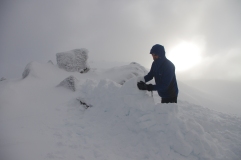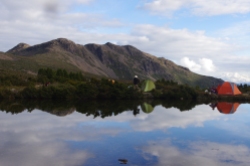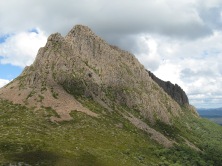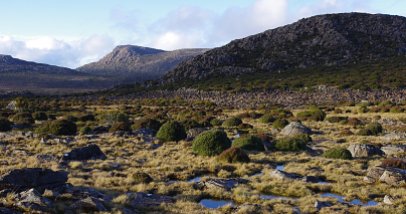In 1972 the original Lake Pedder was flooded to create an auxiliary Hydro storage impoundment, sparking national outcry and international criticism. Since the controversial flooding, there have been growing calls to restore the original Lake. Hence the present-day human-made Pedder Impoundment is contained within the Tasmanian Wilderness World Heritage Area (TWWHA) boundaries, with the intent of eventual restoration. That time has come.
2024 is shaping up to be a pivotal year in determining Lake Pedder’s future. A federal government decision will be made in the coming 12 to 18 months; to either set about planning the restoration of Lake Pedder or invest in massive high-risk dam works that will maintain the flooding of Pedder for another 40 to 50 years.
Continue reading “2024 is a pivotal year in determining Lake Pedder’s future”



































































Recent Comments